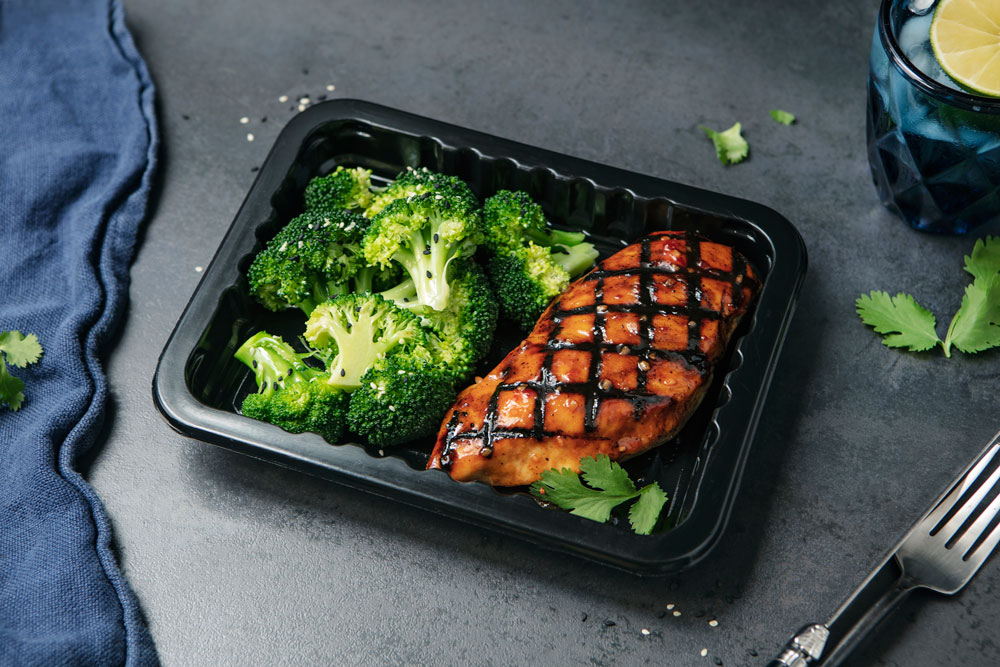ARTICLE AT A GLANCE
If you notice yourself burning out from a monotonous diet and exercise plan, or even if you just want to have room to eat more calories every few days, cycling the number of calories you eat on a day throughout your week might help.
This approach can prevent your metabolism from getting comfortable enough to adapt. Learn how to “confuse” your metabolism to keep it from settling into a plateau.
At first glance, metabolic confusion and metabolic adaptation might sound like synonyms. In reality, they mean two different things.
Metabolic adaptation refers to the process by which your metabolism adapts to your lifestyle over time. As you eat fewer calories and burn more of them, your metabolism will adapt and get greedier with energy from calories and stored fat. That’s why you’ll hit a wall where you just can’t lose any more weight, even if you keep eating small portions and exercising frequently.
The goal of metabolic confusion, on the other hand, is to prevent your metabolism from getting comfortable enough to adapt. It’s like carb-cycling — alternating between high and low intake throughout the week — but with a specific focus on your calorie count each day. One day, you might eat 2,000 calories; the next day, you might only consume 1,200, and so on.
If done safely, you can confuse your metabolism to keep it from settling into a plateau.
How to Stay a Step Ahead of Your Metabolism
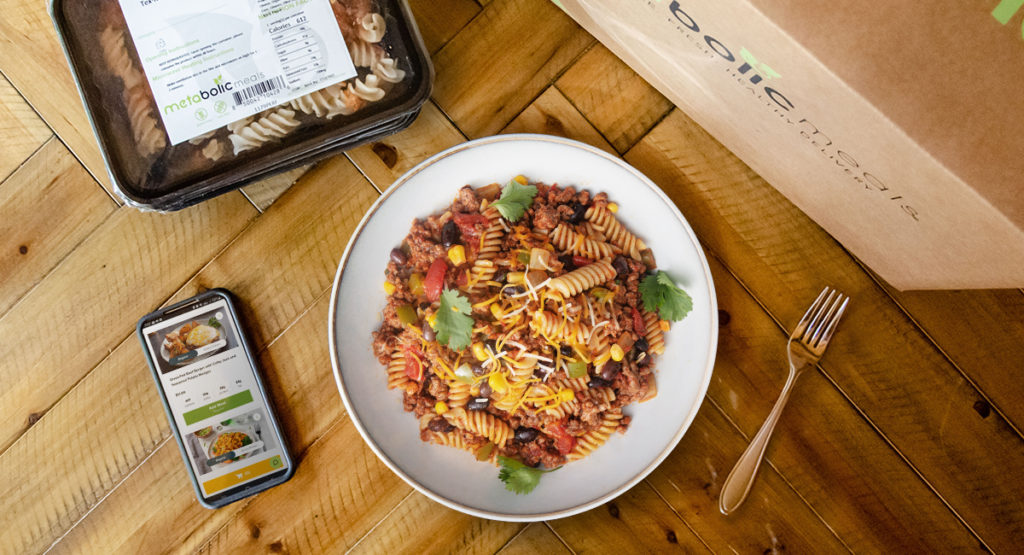
If you’ve ever followed a flexible dieting approach — the “if it fits your macros” style of dieting — you probably have experience tracking calories. If not, then it’s important to build that skill up, or you won’t have much success alternating them throughout the week.
If you notice yourself burning out from a monotonous diet and exercise plan, or even if you just want to have room to eat more calories every few days, then metabolic confusion might be worth a try.
Here are some tips for safe and successful metabolic confusion:
1. Learn to track your macros. If you don’t have experience tracking your macros, then the first step is to learn how to do it. The point of metabolic confusion is to alternate the amount you consume every day, so invest in an app that can help you keep an accurate count for each meal.
2. Make a plan that fits you. Once you know how to count your calories and macros, you can plan your diet according to what suits your body and goals best. It’s especially important to plan out your lower-calorie days to ensure you stick with your goal. Save the higher-calorie plans for the days when you need the extra energy to exercise.
3. Try temporary fasting each day. On your lower-calorie days, you can make controlling your calories easier with intermittent fasting. Spread your calories for the day across just a few satiating meals. Eat them within a certain window of time (eight hours, perhaps), and fast for the remaining hours of the day.
How a Metabolic Meals Plan Helps
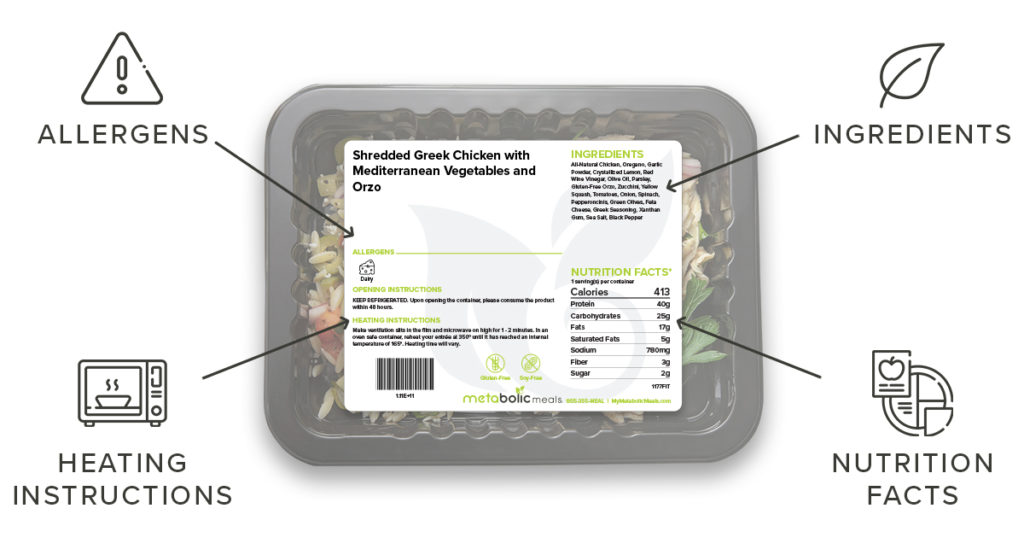
For many people, counting calories and macros can take more time than they have to spare. Fortunately, it’s a lot easier with the help of a healthy meal delivery service such as Metabolic Meals. Prepared by top-rated chefs according to your specific metabolic needs, our meals come in different portion sizes — “Fit” and “Performance” — that make metabolic confusion easier.
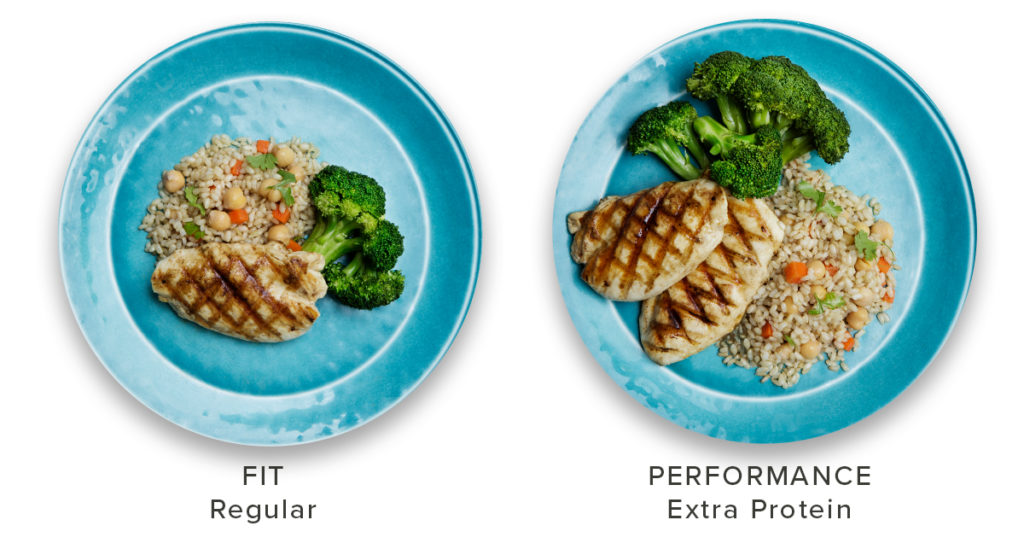
For example, you can plan to eat “Fit” portions of your favorite meals on your lower-calorie days and “Performance” portions on your higher calorie days, plus a snack or treat.
Want an example of what a weekly meal plan might include? It could look something like this:
Day 1: 1,587 Calories (Fit Portions)
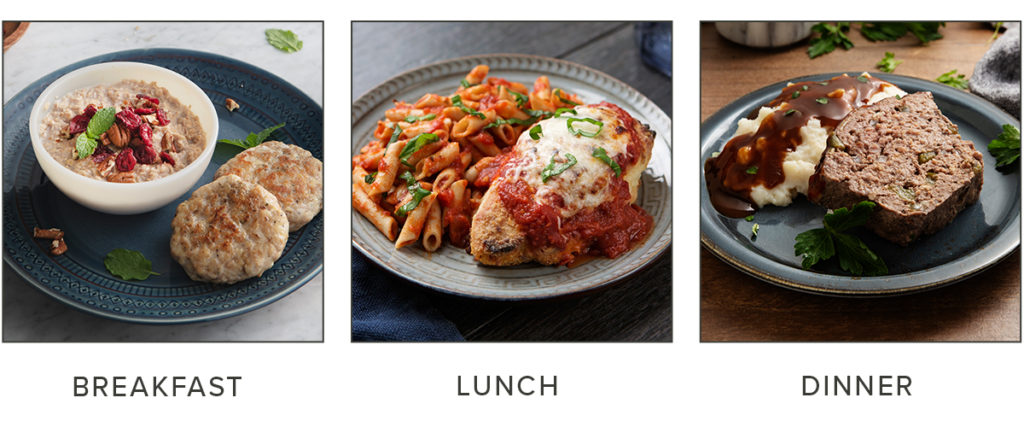
Breakfast: Cranberry Maple Pecan Oatmeal and Organic Turkey Breakfast Sausage
Lunch: Chicken Parmesan with Organic Supergrain Pasta al Pomodoro
Dinner: Grass-Fed Beef Mighty Meatloaf with Mashed Potatoes and Gravy
Day 2: 2,128 Calories (Performance Portions)
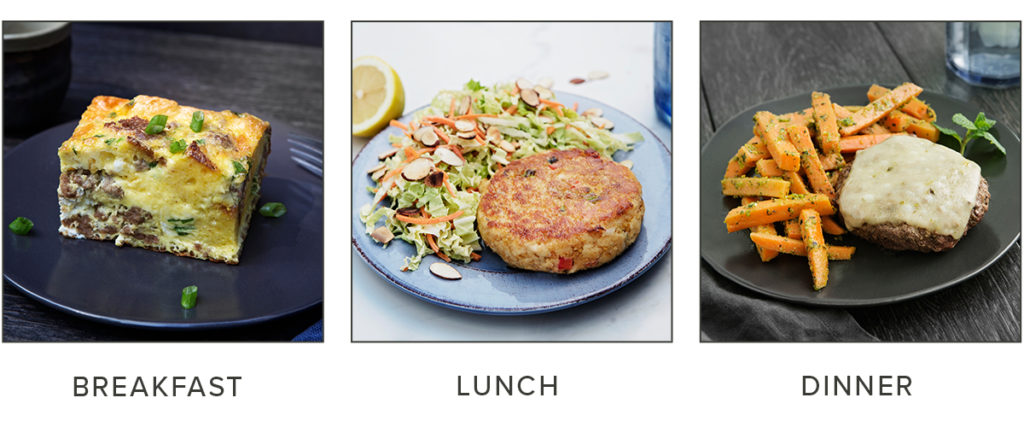
Breakfast: Savory Breakfast Casserole
Lunch: Lemon-Basil Wild-Caught Cod Cake with Napa Cabbage Slaw
Dinner: Grass-Fed Bison Burger, Pepper Jack Cheese and Southwest Pistachio Carrots
Day 3: 1,286 Calories (Fit Portions)
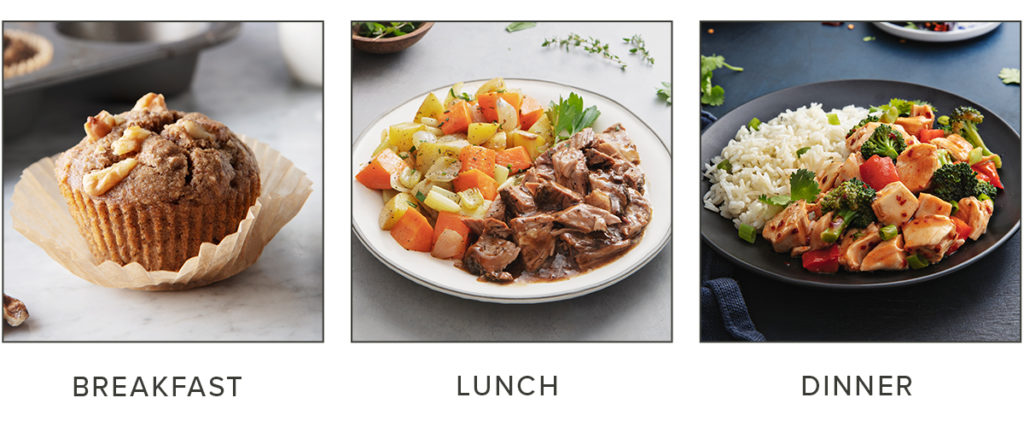
Breakfast: Banana Nut Muffin
Lunch: Grass-Fed Beef Pot Roast and Vegetables
Dinner: Hunan Chicken & Organic Jasmine Rice
Day 4: 1,836 Calories (Performance Portions)
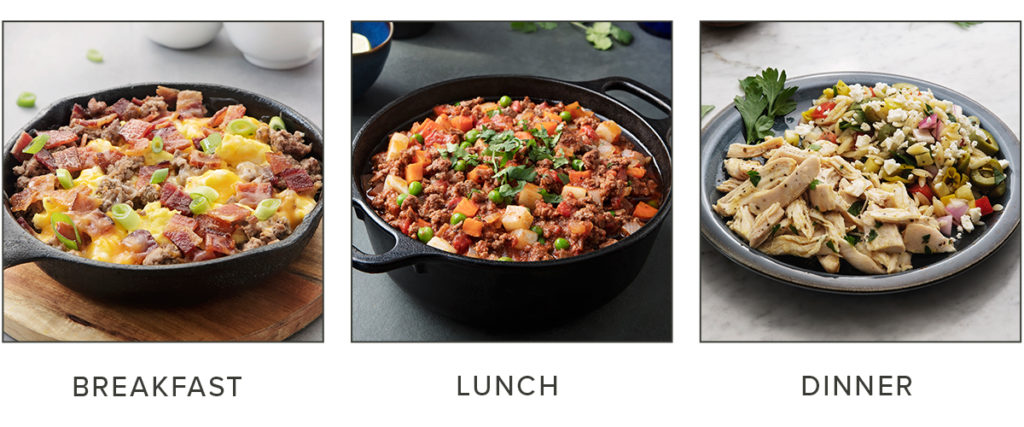
Breakfast: Meat Lover’s Keto Scramble
Lunch: Santa Fe Grass-Fed Bison Skillet
Dinner: Shredded Greek Chicken with Mediterranean Vegetables and Orzo
Day 5: 1,291 Calories (Fit Portions)
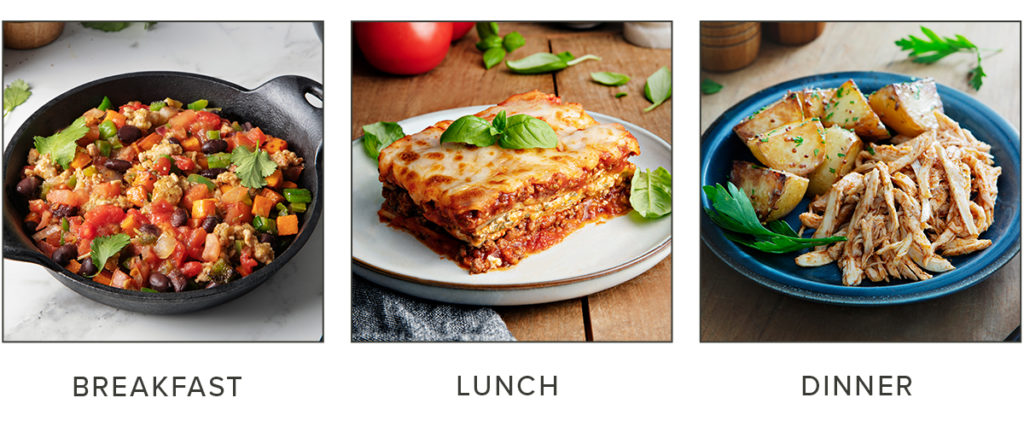
Breakfast: Tex-Mex Breakfast Skillet
Lunch: Italian Lasagna
Dinner: Memphis-Style Pulled Turkey Breast and Mustard-Aioli Grilled Potatoes
Day 6: 1,746 Calories (Performance Portions)
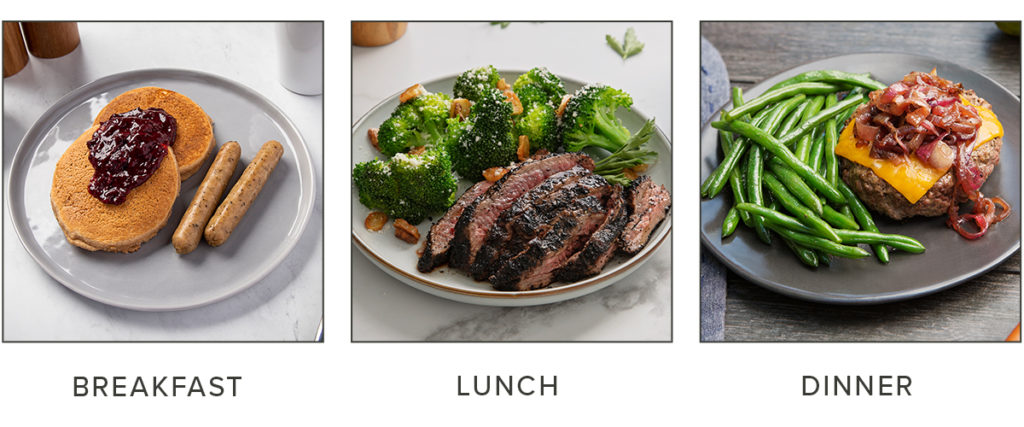
Breakfast: Ceylon Cinnamon Pancakes with Berry Compote and Organic Breakfast Chicken Sausage
Lunch: Coffee Rubbed Steak with Garlic Parmesan Broccoli
Dinner: Grass-Fed Beef Burger with Cabernet Onions, Wisconsin Cheddar and Green Beans
Day 7: 1,291 Calories (Fit Portions)
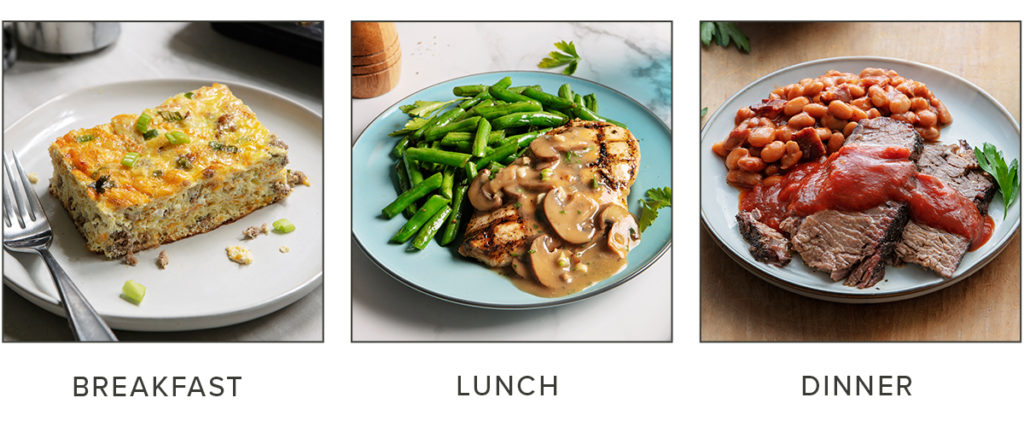
Breakfast: Sweet Potato Hash and Gouda Breakfast Casserole
Lunch: Chicken Marsala with Green Beans
Dinner: Texas BBQ Beef and “Pit” Beans
Every week can consist of different meals with varying calorie counts to keep your meals interesting and your metabolism guessing. To learn more about our different meal plans and gourmet chef-prepared options, contact Metabolic Meals today!
Zac Bell is a Nutritional Health Coach at Metabolic Meals, supporting customers with their nutrition and fitness goals. Zac has a bachelor’s degree in Exercise Science.

